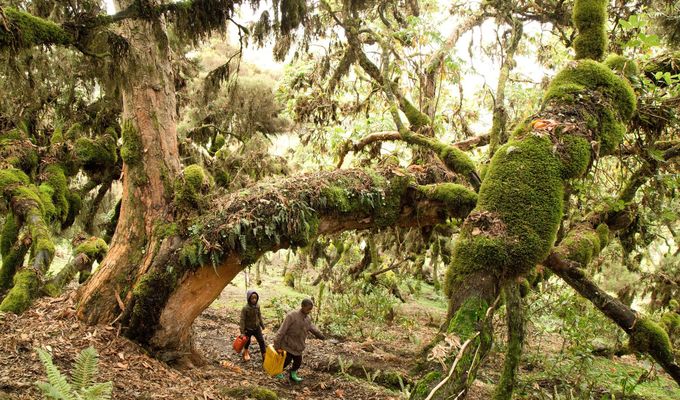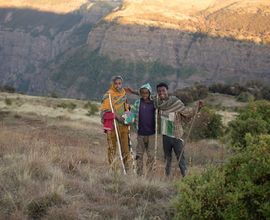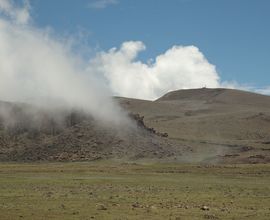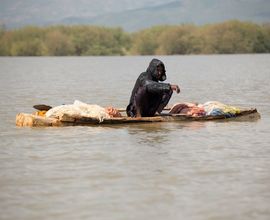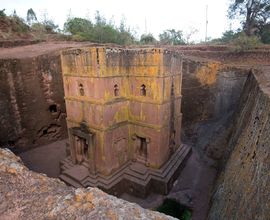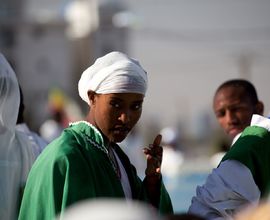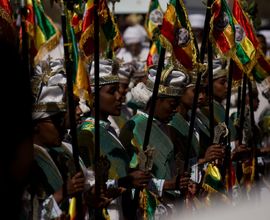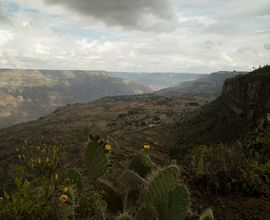This curated collection of photographs by Miroslav Kosek captures the stunning natural beauty of Ethiopia and the vibrant daily life of its people. It mainly focuses on the regions of Oromia, Amhara, Harari, and Southern Ethiopia. Taken through the perspective of an ambassador deeply engaged with the local populace, these photographs bring to life the rich culture, traditions, and environments of Ethiopia.
Ethiopia, officially the Federal Democratic Republic of Ethiopia, is an intriguing nation in East Africa, celebrated for its rich history, cultural diversity, and stunning landscapes.
Sharing borders with Eritrea, Djibouti, Somalia, Kenya, Sudan, and South Sudan, it is renowned as the site where some of the oldest human ancestral remains, such as the over three million-year-old skeleton “Lucy” (Australopithecus afarensis species), were discovered. Historically, the Aksumite Empire, supposedly founded by Menelik I who is believed to be the descendant of King Solomon and the Queen of Sheba, once stretched over these lands. Known also as Abyssinia, Ethiopia has a profound Christian Orthodox heritage dating back centuries, with Islam being the second largest religion.
Ethiopia stands out as one of two African nations that have never been colonised, maintaining its sovereignty except for a brief occupation during World War II.
Home to over 126 million people, Ethiopia is the second most populous country in Africa, comprising more than eighty ethnic groups, with the Oromo and Amhara being the largest. The official language is Amharic, closely related to the liturgical language Ge’ez. The capital is Addis Ababa.
Ethiopia’s geography is equally diverse, encompassing towering mountains, lowlands, deserts and valleys, supporting a wide array of endemic flora and fauna. There are the Simien Mountains in the north and the Danakil Depression in the east, one of the lowest and hottest places on Earth. To the south, the Bale Mountains National Park showcases beautiful mountain scenery, and the western region is distinguished by its fertile plains and lush forests.
Among Ethiopia’s remarkable historical and cultural landmarks is Lalibela, a city nestled in the northern highlands, renowned for its extraordinary rock-hewn churches and labyrinthine passageways, earning it a place as a UNESCO World Heritage Site. Equally notable is Harar, often referred to as the “City of Saints.” This ancient Islamic centre is celebrated for its narrow and crooked streets and vibrant and colourful facades.

